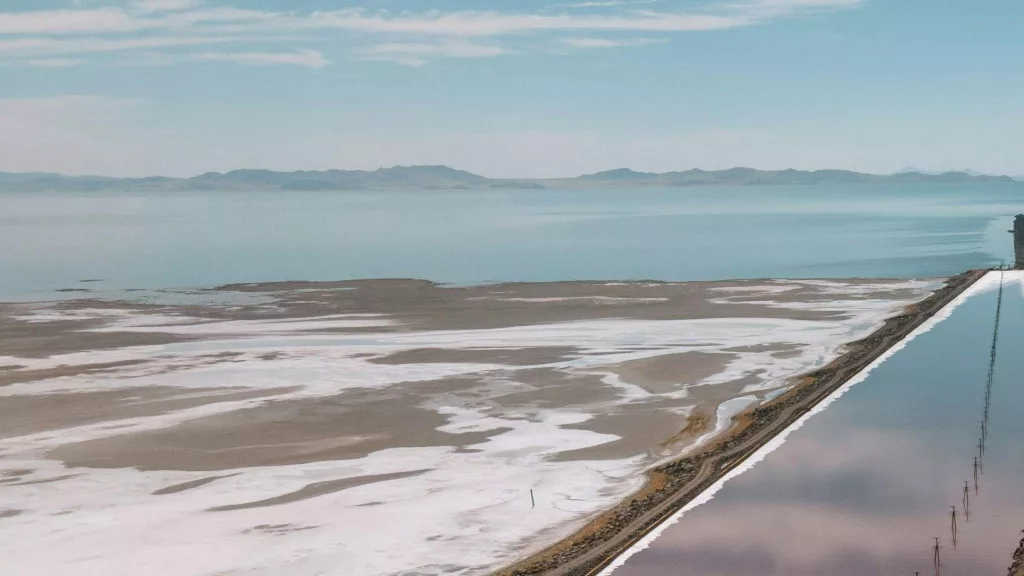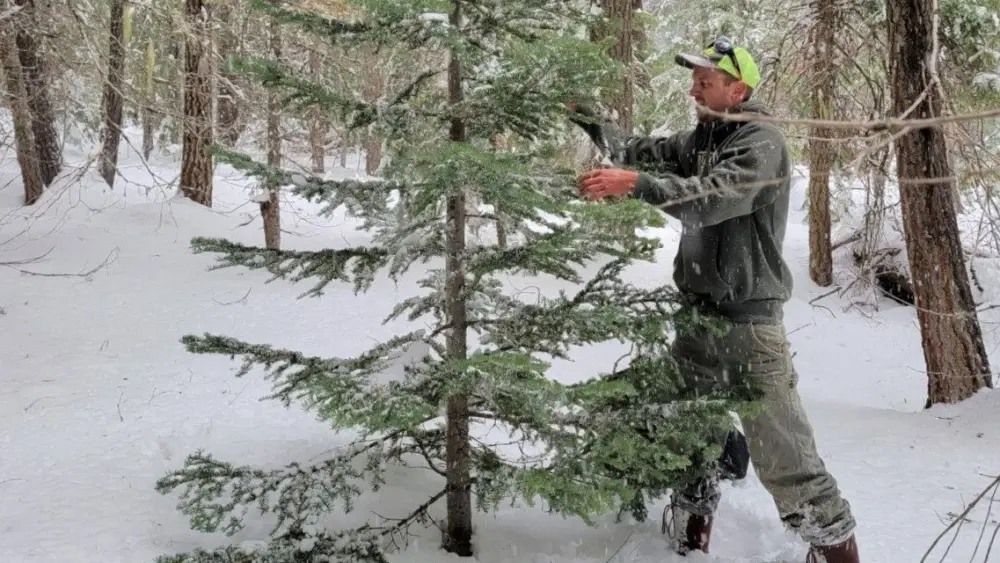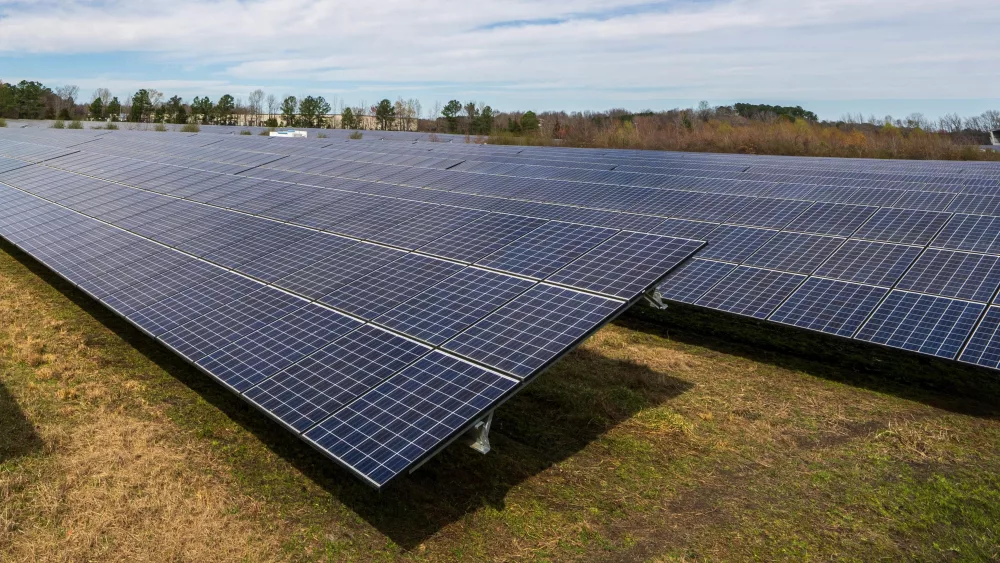SALT LAKE CITY, UT – The Great Salt Lake is slipping back into dangerously low levels, fueled by water consumption and drought conditions impacting much of the state.
Levels on Tuesday hovered around 4,192 feet in elevation, with the north arm at roughly 4,191.5 feet. Great Salt Lake Commissioner Brian Steed said lake levels are like layers on a cake, with the top layer, or highest water levels, typically resulting in a healthy lake — 4,192 feet, Steed said, is nearing the bottom of the cake, putting the lake in the “really bad” range.
“We’re sitting about where we were when we were trending into those lowest levels we’ve ever seen,” said Steed, referring to fall 2022 when the lake bottomed out at 4,188.5 feet. He described the current conditions as “scary low.”
Most of the state is now in severe drought, according to the U.S. Drought Monitor, which means the air quality is worsened by dust, cattle have inadequate water and pasture, while streams and ponds are drying out. Some of the high elevation areas in the central part of the state are in moderate drought.
Steed doesn’t have a crystal ball, and according to the four-week weather outlook from the National Weather Service, there’s an equal chance Utah could get above, or below, normal precipitation. So, if temperatures drop and northern Utah sees more monsoon precipitation, that could help lake levels.
‘This drought is the real deal,’ Great Salt Lake commissioner says
But regardless, the Great Salt Lake will continue to drop, with its seasonal low typically some time between September and November.
“That’s what makes us extraordinarily nervous,” Steed said. “This drought is the real deal. And honestly, if we don’t get it right, if we continue to over-use, we’re going to have real human consequences.”
Those consequences mean an exposed lakebed, which contributes to poor air quality as storms whip up toxic, heavy metal-laden dust that blankets the Wasatch Front, which can cause respiratory problems and other health issues.
Declining levels can also expose microbialites, organic deposits that are a cornerstone of the lake’s ecosystem. Microbialites are essential for brine fly populations, the main food source for millions of migratory birds that stop on the lake. If the microbialites are exposed for long periods of time, it can trigger a chain reaction ultimately impacting the entire ecosystem.
Less water in the lake also contributes to an increase in salinity levels, which can harm the brine shrimp population — that can also have devastating impacts on the ecosystem, while hurting the million-dollar brine shrimp fishing industry.
The current levels mean mineral companies that operate on the lake will now be required to use less water. Junior water rights holders in the Great Salt Lake basin will also see less water this year.
If levels drop below 4,190 feet, the state will close off the causeway that divides the north and south arms to keep salinity levels lower on the south arm. Steed thinks it’s unlikely lake levels will get that low this year.
This article is published through the Great Salt Lake Collaborative, a solutions journalism initiative that partners news, education and media organizations to help inform people about the plight of the Great Salt Lake — and what can be done to make a difference before it is too late.
This story first appeared on Utah News Dispatch.





